
Lead for Ergonomics, Human Factors and Back Care with Lincolnshire Community Health Services NHS Trust. Delivery of interventions for all clinical staff and DSE, workplace and care assessments for staff and patients.
Final Project
Investigation into patient handling practices within a community healthcare NHS Trust run Urgent Treatment Centre
To investigate the patient handling (PH) challenges faced by staff and their response to it; utilising three non-associated NHS Trust run Urgent Treatment Centres (UTC) in the community health setting. Identification of events where staff utilised PH, which suggests either controversial handling techniques or self-preservation failure.
Objectives:
To explore these challenges, three objectives were established.
- Review LCHS NHS Trust performance figures and incident reports over a 12-month period to identify PH themes.
- Observe current practice within the selected UTCs for PH incidents. Undertake comparison with PH themes to create a scenario for investigation.
- Recreate scenarios in a controlled environment to identify challenging PH activity and develop a solution for staff safety.
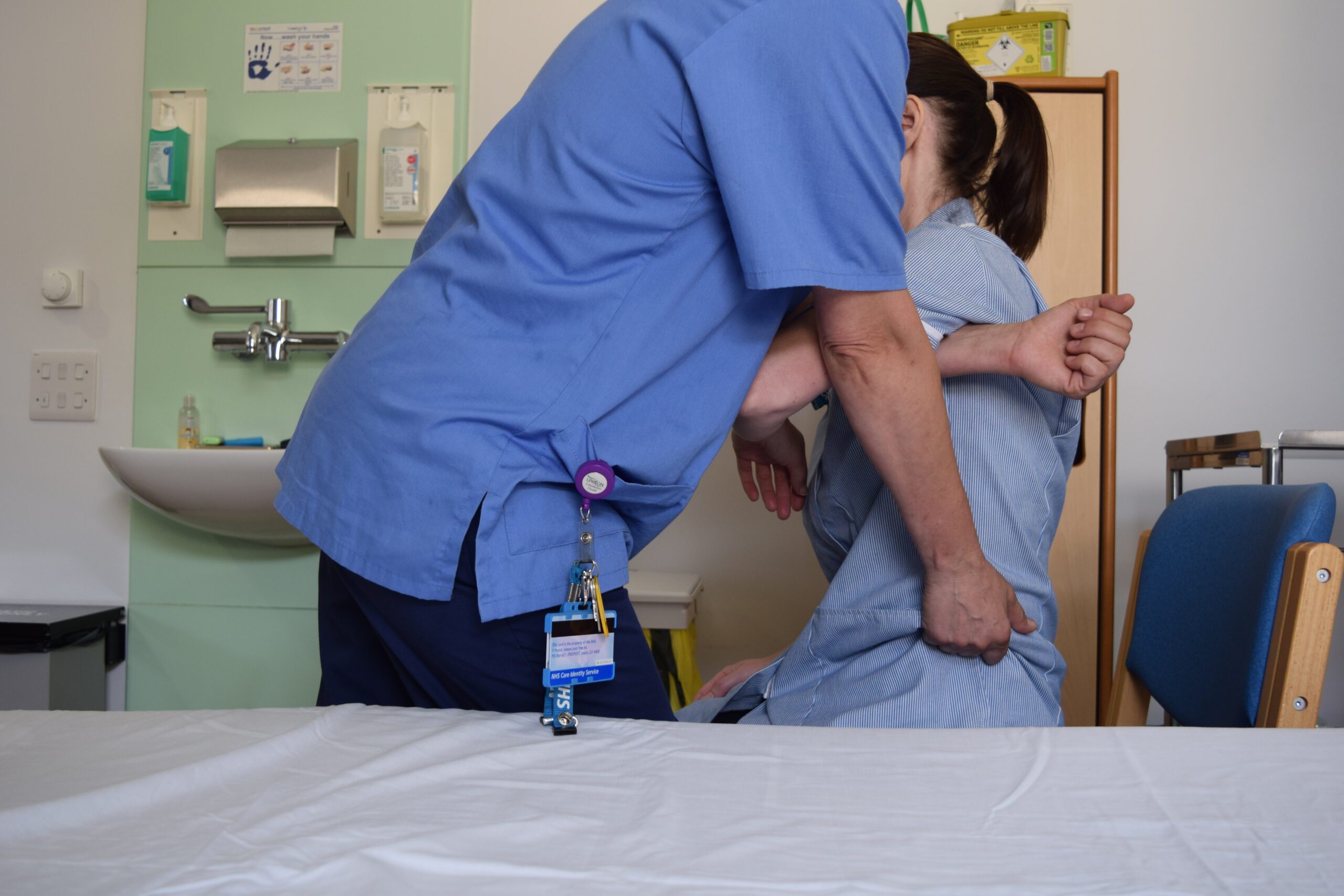

Data collection & analysis of Human Factors & systems
A combination of NHS performance reporting systems were utilised to produce themes for research. These themes were assessed against incident reporting. Incidents indicating PH formed basis of research. Where PH activity was described by staff a risk rating was applied. Three themes were selected for discussion. Two due to the high-risk nature of the activity and one based upon its prevalence in the reporting.
- Theme 1 – Over exertion by carers while delivering personal care.
- Patients waiting on transfer to appropriate care facility require conventional care which is standard to a ward setting. Lack of suitable environment requires UTC staff to effect PH outside of current reasonable limits.
- Theme 2 – Dynamic PH to achieve mobilisation.
- Carer utilises a controversial technique in order to expedite the appointment.
- Theme 3 – Unaided mobility.
- However, the possibility of harm should the patient fall, given their undiagnosed condition, is a substantial risk.
Ergonomic assessments
The two high-risk themes were subjected to reconstruction in a benign environment, utilising staff from a nearby community ward. The selected staff conduct PH as a core element of their role. On completion of a risk assessment, high-risk rated activities were subject to a Health and Safety Executive Quick Exposure Checklist which clarified the workplace hazard. These were followed up with posture analysis tools OWAS, RULA and REBA based upon the anatomical descriptions. The outcome from the tools assessment underpinned biomechanical analysis and identified the effort involved.

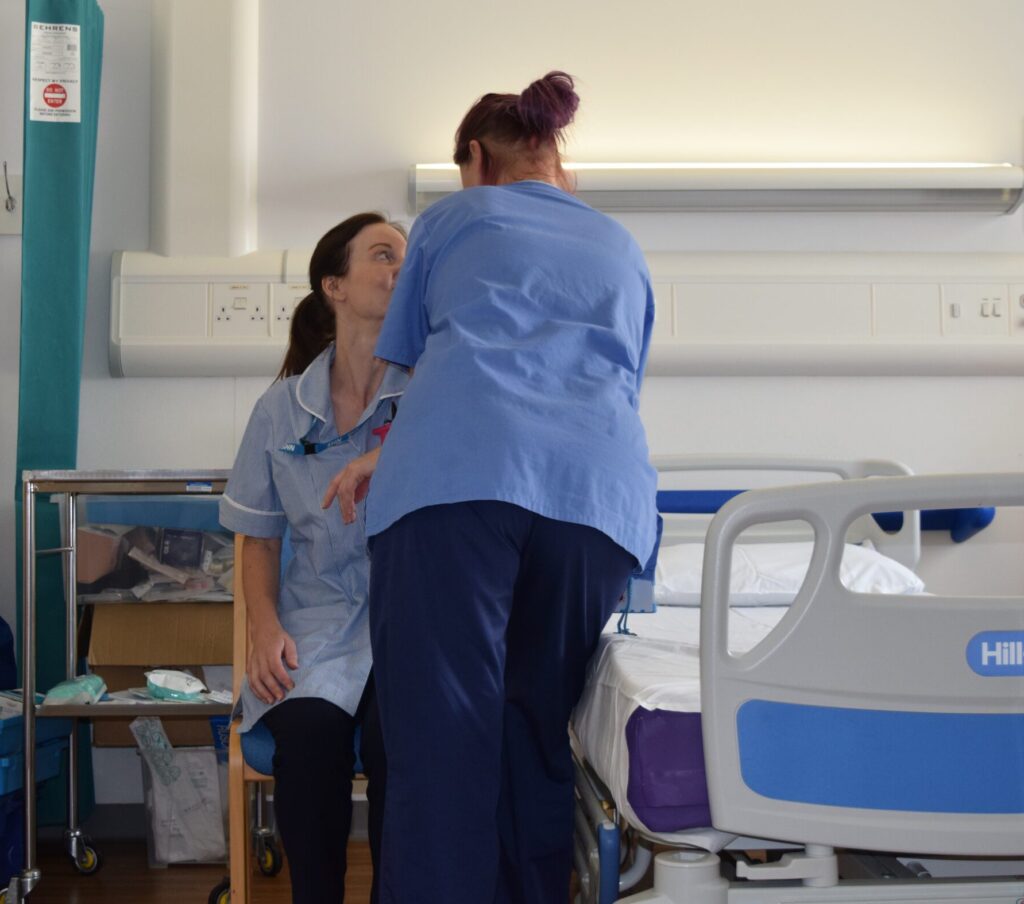
Results
Despite existing as an industry to care for people, workers in human health/social work are statistically similar to other industries which are notable for work related injuries. Despite the extensive availability of published literature on PH, this activity continues to hurt staff. This report compliments wider research in ward-based PH. However, literature is scarce in this specific subject area. Therefore, comparisons to previous work was challenging. Nonetheless, as NHS England plans for UTC development continue, this initial step will need development and substantiates the need for further research.
Outcomes from the research
Controversial PH technique
Videoed demonstration of the controversial technique identified from the research. Technique is acknowledged as a necessary tool by the paramedics operating within the UTC. However, the technique is recognised as controversial based upon the possibility of patient harm caused by the physical handling contact points.
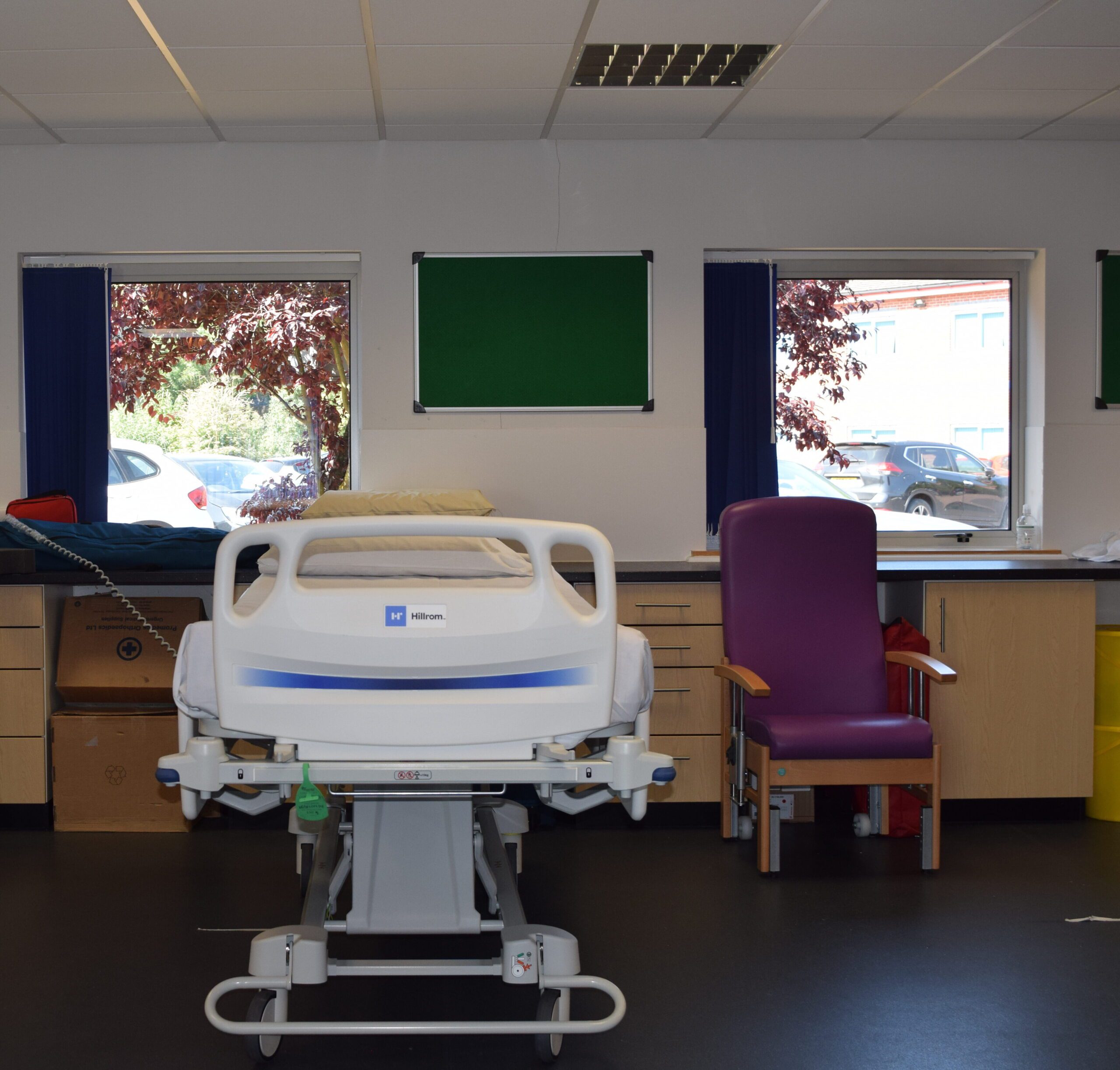
Equipment selection
A repeated comment throughout the project was the unavailability of PH equipment. It was highlighted that a mobility aid for transfer between chairs and assessment couches would have diminished the necessity for PH and therefore reduced some risks to a manageable level. A height adjustable surface that would be low enough for egress of short patients and wide enough for care of significant sized patient is necessary.
Module Course Work
Examples of project work from modules which contribute to the understanding of the overall subject.
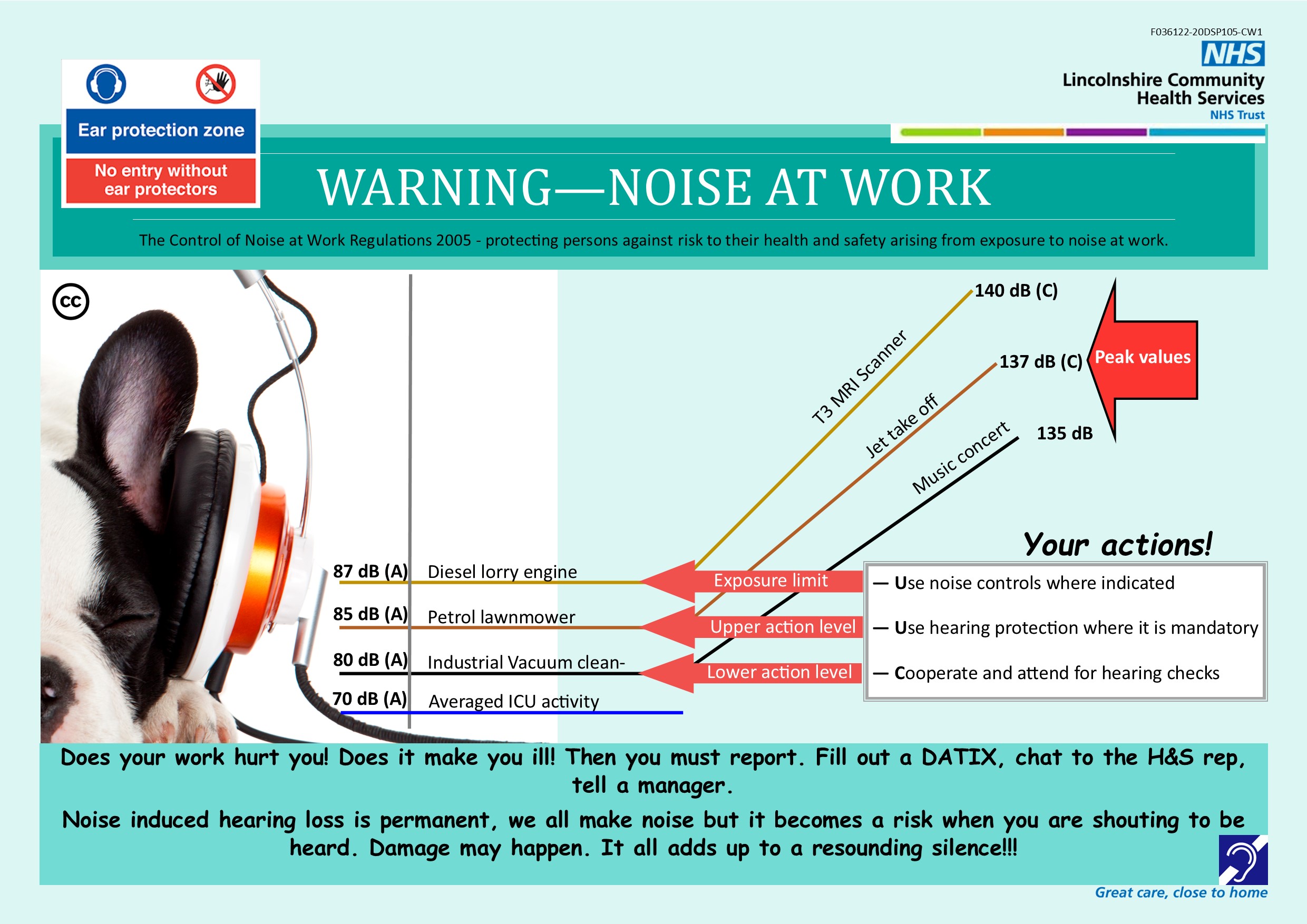
Occupational Ergonomics
Development of a poster to advertise the dangers of excessive noise in the workplace. Poster was part of an exercise in appreciation of the various elements which make up work, how humans are affected, and the application of ergonomics can create improvements.
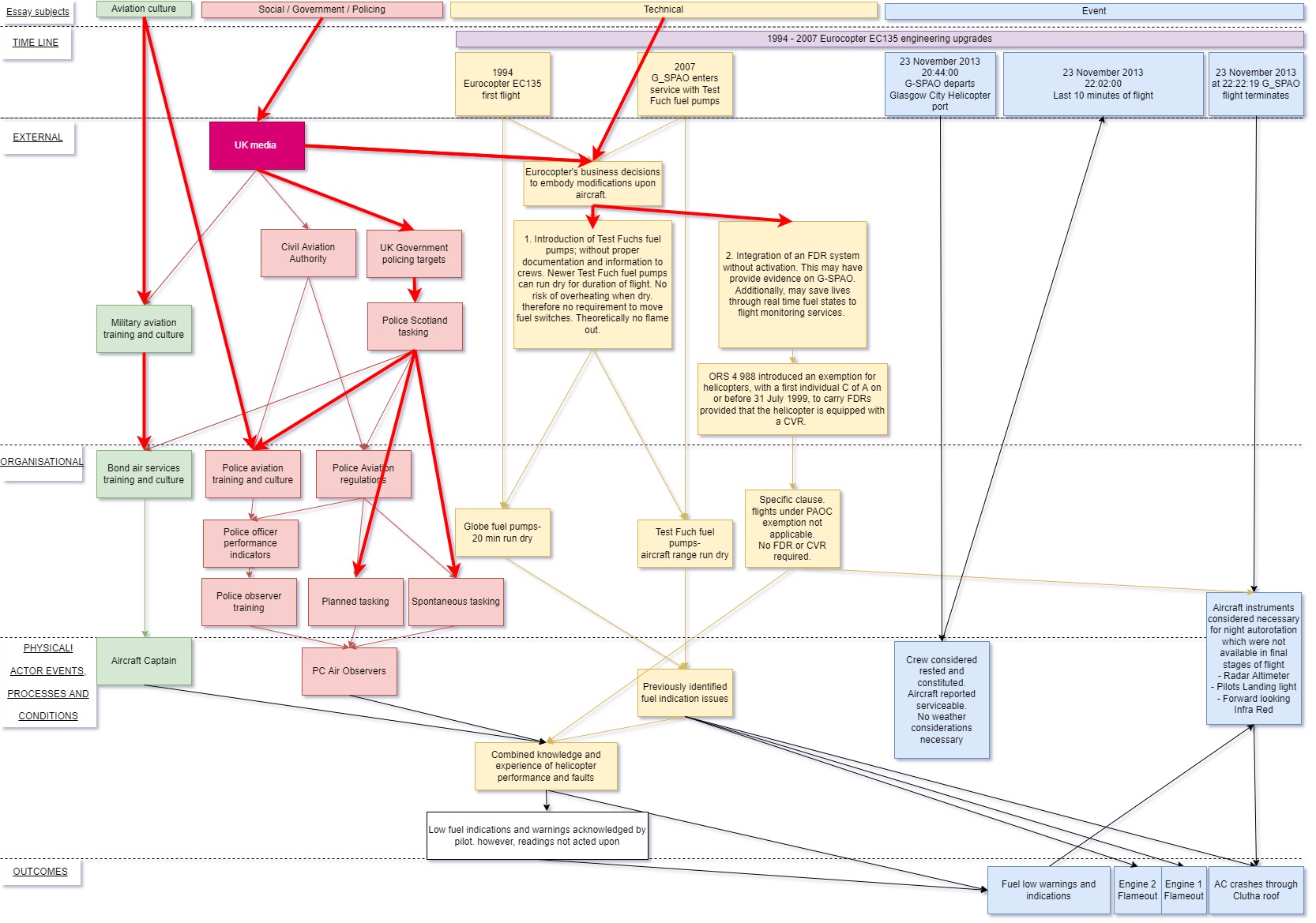
Human Factors and Systems
Presentation of an AcciMap as a basis for understanding the interactions which could be considered as cause of an air accident. The AcciMap highlights influence at several organisational levels in an effort to identify trends which could lead to an event.
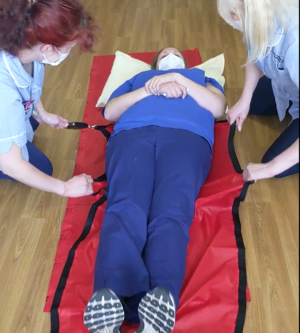
Patient Handling Ergonomics
Trial of a slide sheet to measure the increase in resistance comparing a hospital bed and a hospital floor. As part of a fall’s recovery project.
AWARDS
- BSc Business Management
- NEBOSH General Certificate in Occupational Safety and Health
EXPERIENCE
On completing 22 years military service in the Royal Air Force as a Chinook Air Load Master I relocated to Lincolnshire June 2009. Currently progressing a career in NHS management, in the Health & Safety risk management environment; with an emphasis on Patient Safety, Human Factors and Ergonomics.
Visionary Thinkers
Visionary Creators
Visionary Makers